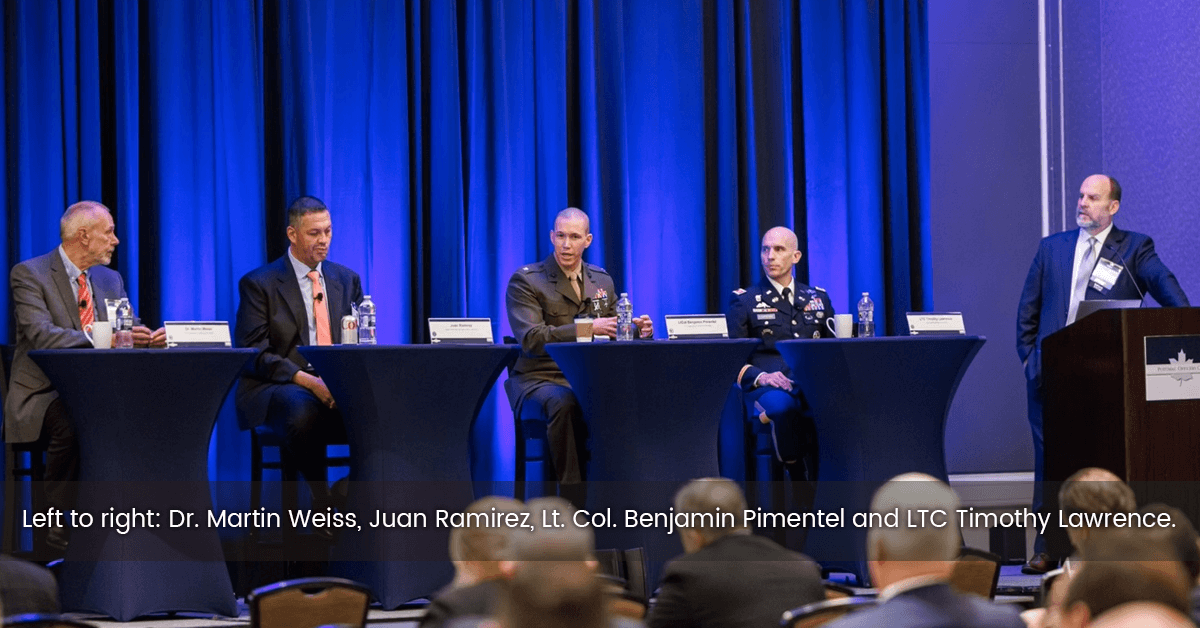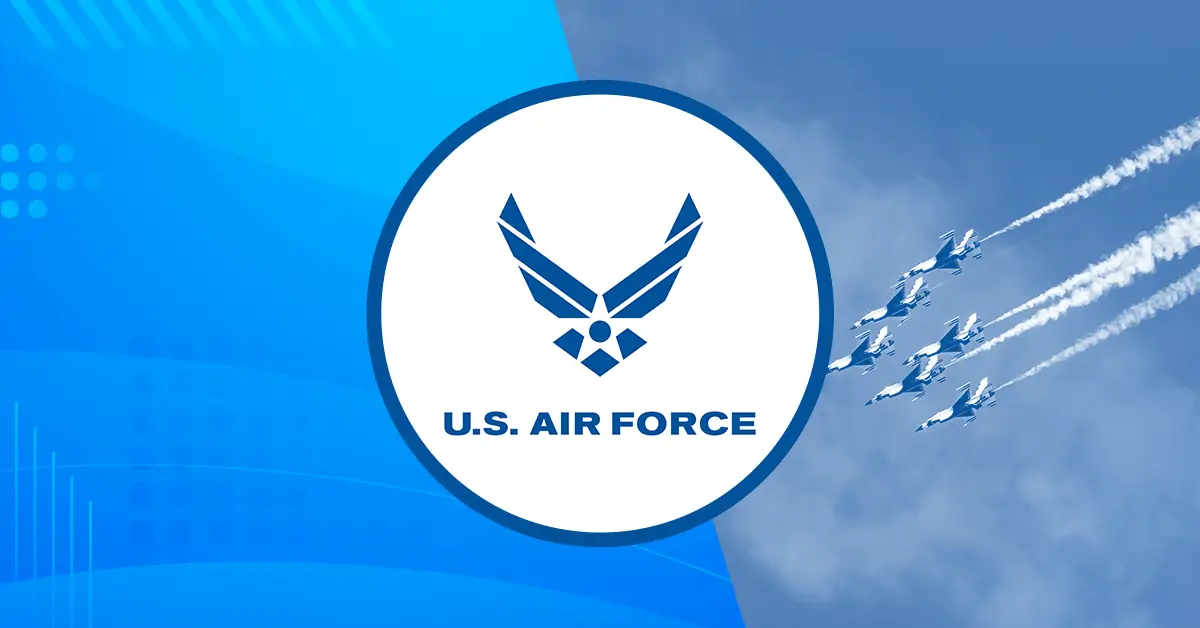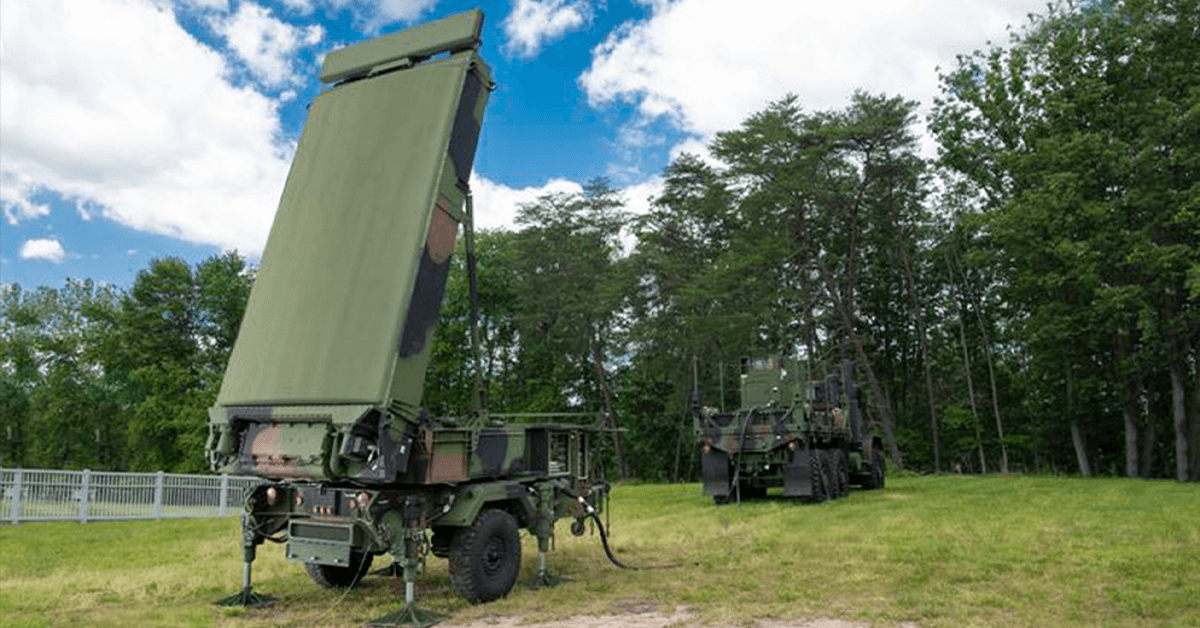The digital revolution has made military operations more reliant on networks than ever before, and the Department of Defense is laser-focused on 5G, Future G and new technologies that can maximize the benefits modern networks have to offer.
According to Dr. Martin Weiss, director for Future G applied research and technical lead for resilient and open commercial solutions within the DOD’s Office of the Under Secretary of Defense for Research and Engineering, optimality is a primary concern for the department in using networks.
This focus stems from the need to ensure that networks can support forces at the tactical edge, or remote environments with limited connectivity, that have different requirements than other organizations using networks.
To achieve adequate network capabilities, the DOD is working to put embedded AI into edge networks, Weiss said in a panel discussion during the Potomac Officers Club’s 10th Annual Defense R&D Summit last week.
Weiss is also considering “how AI could augment the way in which we accomplish spectrum sharing.”
Juan Ramirez, director of the 5G Cross Functional Team within the DOD’s Office of the Chief Information Officer, shared that his unit is looking at AI for predictive maintenance as well as remote targeting.

Even if the accuracy of a human operator is the same as that of an AI, giving a task to a machine can free up time for an individual to do a task that is better suited for people, said Lt. Col. Benjamin Pimentel, technical lead for expeditionary and tactical programs Future G within the DOD’s OUSD (R&E).
Another priority for the DOD is pushing for Open Radio Access Technology, Pimentel said.
“I think that the RAN Intelligent Controller piece of the Open RAN architecture in particular offers an opportunity for us to automate and introduce intelligence into the network that simplifies the management and orchestration of the network,” he said.
Pimentel said an Open RAN implementation strategy should take the inherent capability and boil it down to what an operator specifically needs so they are not inhibited at the edge.
The DOD is also “leaning into open source” as a part of its Open RAN efforts, according to Weiss.
Though the security of open source has been debated, Pimentel noted that with industry using a large amount of open source code, the DOD has already begun to embrace it through the commercial technologies it uses. To combat security concerns, he said the DOD should apply a “trust but verify” model.
Part of network optimization, said LTC Timothy Lawrence, J6 chief operating officer for the Joint Operations Special Command, is looking at pace diversity alongside specific capabilities.
5G and Future G, he said, are not going anywhere, so it is important to consider the needs of the variety of networks and holistically bring everything together.
“It’s not just just a signal thing or a comms thing anymore – it’s the operations, the simple things,” he emphasized.
Pimentel pointed out that military forces are “not a monolith by any means.” As the DOD works to implement cutting-edge technologies, leaders are “on an education journey” to determine the specific capability needs of each unit and set technical specifications that systems must meet, he said.

At the Potomac Officers Club’s next event, the 2024 Space Summit on March 5, public and private sector experts will come together to share their thoughts on the direction of U.S. activities in space. During the summit, you will hear from even more DOD officials, including opening keynote speaker Gen. Stephen Whiting, commander of the U.S. Space Command. To learn more and register to attend the event, click here.







